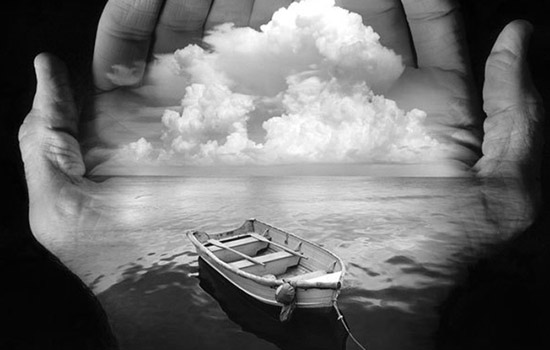Photography is a fascinating profession, especially for those who love spending time with their camera. There are many elements in a camera that help in capturing great pictures. An in-depth understanding of each element can help you improve your photography skills.
Layers are one of the most important features used in post-processing of a photograph. The process is quick and easy to use once you get a clear understanding of it. In photography training institutes, students get to learn all the basic techniques of a camera which also includes layers.
Layers always added post-processing, involves photo editing, tools and menu, filters, etc. This helps students add special effects to improve the quality of their work.
Before you get started with understanding layers, it is very important to know when and how to use it. Though a simple technique, it directly affects the final look of your image.
There are numerous ways to work with layers but it is best when you understand the different techniques for easy working. So, here are some easy ways on how to use layers in photography classes:
- Exposure blending
- Local adjustments to images
- Special Techniques
Exposure Blending
Known as one of the best techniques, it has the power to bring interesting effects to a photograph. Though this technique may seem a little complex, when understood properly, you can easily apply it to just about any photo to improve its quality. Before you actually go in-depth, it is important to know why to use this technique.
Every camera has a dynamic range. So when it comes to capturing bright or dark areas of images, a photographer has to make the best choice between the two. This is where exposure blending comes into the picture.
You can solve this by clicking a couple of photos at different exposures. You can then blend the best shots of every exposure and produce one single image. Here the motive is to precisely expose all the areas keeping smooth blending as the key rule.
In a Photography school, students are often taught ‘high dynamic range’ photography to enhance their skills. Overlapping layers is one of the most basic things. For example, if you have two images, all you have to do is place one on top of the other and swipe with an ‘eraser brush’ over the above layer. In doing so the below layer is revealed. You could also opt to use a layer mask instead of an eraser brush.
*One key tip to remember is that when you click pictures, you must take multiple exposures at different levels of brightness so it’s easy for you to use exposure blending.
Local Adjustments
The next technique is called local adjustments which basically means tweaking only certain areas of an image. This works best when you have one particular photograph with different lights and white balance. Here’s an easy way to fix this.
Always keep an original copy of the photo. Paste the copy above the original one and erase only the area you want to change. It’s basically revealing the below layer. Now using this layer, you can adjust the brightness/contrast, saturation, sharpness, etc.
Very often in a photography course, layers are one of the most interesting topics that students enjoy learning.
Special Techniques
The last in layers are special techniques. These techniques are used for a variety of purposes such as:
Fixing Blinking in Pictures
When clicking group pictures, you often come across people blinking. To solve this problem, you must use a tripod and set the camera on ‘continuous shooting’. This helps click pictures in quick/fast motion. Here all you have to do is layer one or two good pictures below the blinking one and erase the above. Again revealing the good photo.
Flying effect
For this effect, click two pictures – one with a person on the stairs and the other with the original background. Layer both the pictures, erase the stairs to achieve a flying effect. In this way, you can use layers in many ways to create an amazing special effect.
In photography, you must always have an eye for detail. Just like layers, there are other interesting post-processing effects that can totally change the look of your photograph.



